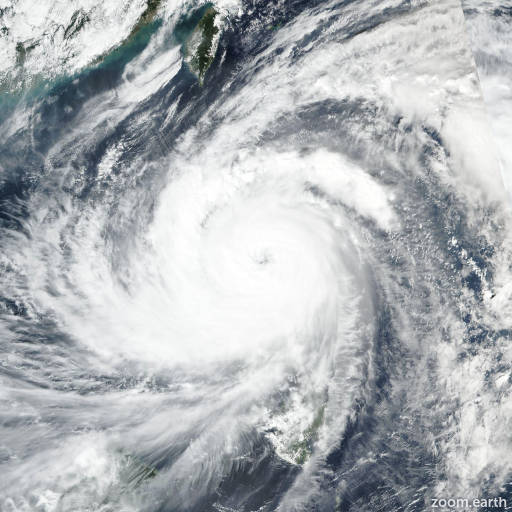Typhoon Fung-wong (Uwan) 2025
Last Modified:

Satellite images, weather maps and tracks of Very Strong Typhoon Fung-wong 2025, 4 - 14 November. Max wind speed 215km/h.
Click on the map to add points. Double‑click to finish.
Tap on the map to add points.
Last Modified:

Satellite images, weather maps and tracks of Very Strong Typhoon Fung-wong 2025, 4 - 14 November. Max wind speed 215km/h.